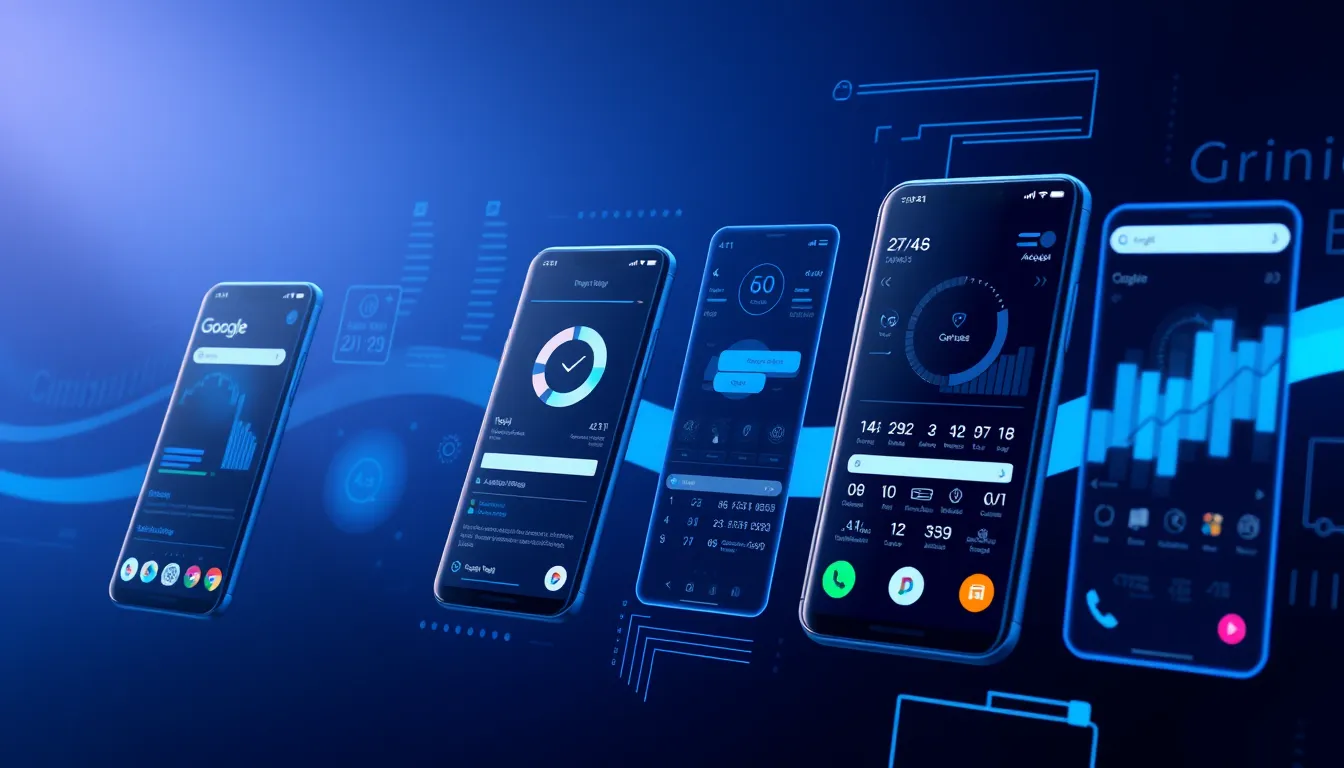Now Reading: Revolutionary Google Adaptive UI & AI Tools for Android Developers
-
01
Revolutionary Google Adaptive UI & AI Tools for Android Developers
Revolutionary Google Adaptive UI & AI Tools for Android Developers

Revolutionary Google Adaptive UI & AI Tools for Android Developers
In the rapidly evolving world of mobile app development, innovation is key. Google is once again leading the way by introducing transformative enhancements to its suite of development tools. At the forefront of these improvements is the powerful Google adaptive UI. Designed to combine adaptive design principles with AI-driven insights, this offering provides Android developers with a dynamic solution for creating sophisticated, responsive apps. Not only does this technology streamline the app development process, but it also sets a new benchmark in intelligent interface customization.
What is Google adaptive UI?
Google adaptive UI represents a groundbreaking approach to designing adaptive user interfaces for Android applications. By leveraging advanced AI tools, this solution seamlessly adjusts app layouts to varying screen sizes and orientations. This ensures a consistent and optimized user experience across an array of devices, from smartphones to tablets and future form factors. The integration of Google adaptive UI is a significant leap forward, ensuring that each application adapts intelligently to the specific context in which it is used.
Key Features and Enhancements
Google has meticulously integrated several features that enhance the usability and adaptability of its interface technology. Key benefits include:
- Responsive Design: The Google adaptive UI automatically tailors app layouts to different device dimensions, ensuring uniform performance no matter the screen size.
- AI-Driven Insights: The suite includes Google AI tools designed to provide intelligent recommendations, assist in debugging, and predict potential issues early in the development cycle.
- Enhanced Customization: Developers have access to a range of customization options, allowing for intelligent layout customization for Android that meets varied user needs.
- Improved Efficiency: With AI-assisted testing and optimization, app performance improvements are realized faster, reducing development time and cost.
Integration of Advanced AI Tools
The emergence of Google AI tools within the ecosystem is transforming app development. These tools work alongside the adaptive UI to offer actionable insights into app performance. For instance, AI-assisted app debugging and predictive performance analysis are just a couple of ways these tools help developers proactively address issues. The enhanced integration means that even complex tasks, such as intelligent layout customization for Android, are simplified, ultimately boosting productivity and precision. For more about Google’s innovations, visit the official Google homepage.
Benefits for Android Developers
The dual enhancements of Google adaptive UI and Google AI tools open up several advantages for developers:
- Streamlined Development Process: The adaptive design minimizes the need for repetitive manual coding by automatically adjusting layouts according to device specifics.
- Increased Productivity: With intelligent recommendations and automated debugging, developers can focus on creative problem solving rather than routine fixes.
- Enhanced User Experience: By ensuring that apps perform flawlessly across all devices, developers can deliver a consistently superior user experience.
- Future-Proofing: The intelligent design options mean that applications can easily be updated to accommodate new device types and screen sizes, keeping them competitive in an ever-changing tech landscape.
The Role of Adaptive User Interfaces
At the heart of these improvements lies the concept of adaptive user interfaces. These interfaces not only offer aesthetic improvements but also fundamentally enhance usability. The ability to customize layouts in real-time ensures that applications are not only visually appealing but also functionally robust. This smart integration is a prime demonstration of how Google adaptive UI is reshaping the standards of app development.
Real-World Applications
Applications built using Google adaptive UI are already setting new benchmarks in mobile development. For instance, apps that prioritize rapid prototyping and iterative testing benefit from flexible, smart interfaces that adapt on the fly. As a result, developers can rapidly deploy updates and features that are directly aligned with user needs and emerging trends. This results in more agile development cycles and significantly reduced time-to-market.
Future Outlook and Conclusion
Google’s recent enhancements signal a new era in Android app development. By fusing adaptive user interfaces with AI-assisted optimization, Google is not merely offering incremental updates but is setting the stage for a revolutionary change that will empower developers worldwide. The integration of Google adaptive UI is likely to be pivotal in addressing future challenges, offering scalable and versatile solutions that respond to both current and future technological demands.
In conclusion, the transformative capabilities of Google adaptive UI and its complementary AI tools are reshaping the landscape of mobile application development. Developers now have the tools necessary to create intelligent, adaptive, and highly efficient apps that meet the dynamic needs of today’s users. As the technology continues to evolve, embracing these innovations will be key to staying ahead in a competitive market. Ultimately, Google adaptive UI is not just a tool—it is a gateway to the future of app development, fostering innovation, efficiency, and user-centric design.
By integrating these new adaptive UI enhancements, developers are well-positioned to revolutionize Android app experiences, ensuring that every interaction is optimized, fluid, and engaging for users across the globe.

























